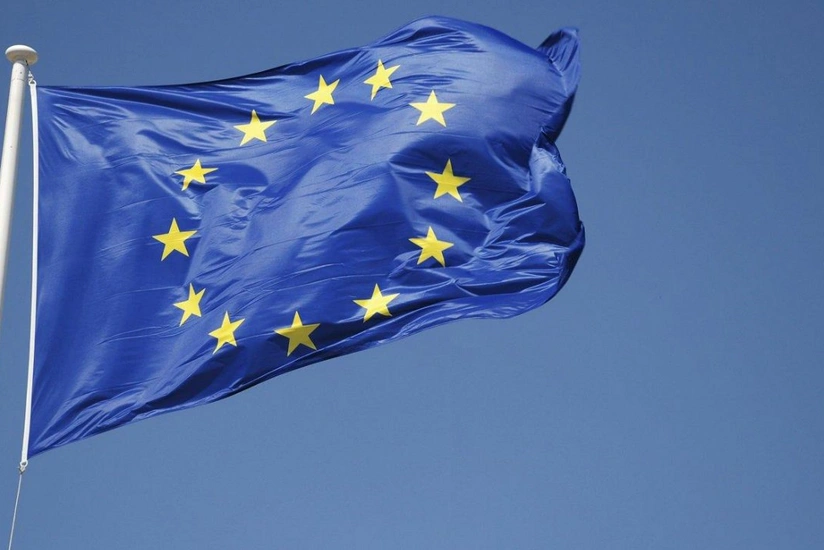EU develops 10-point plan for settlement in Middle East
- 20 January, 2024
- 12:51

The EU has drafted a 10-point plan for a “credible, comprehensive solution” to the Israel-Palestine conflict, according to a draft document, seen by Euractiv, though securing EU member states’ and regional buy-in will be hard-fought, Report informs.
“In view of the current situation and despite the evident difficulties and uncertainties, the time to prepare for (a) comprehensive Israeli-Palestinian peace is now,” the draft document, as seen by Euractiv, says in its introduction.
The EU’s effort comes as the bloc’s foreign ministers on January 22 meet to discuss the situation in Gaza and its wider implications for the region with some of the key stakeholders in the region.
It outlines a series of steps that could eventually bring peace to the Gaza Strip, establish an independent Palestinian state, normalize relations between Israel and the Arab world, and guarantee long-term security in the region, according to the non-paper, prepared by the EU’s diplomatic service (EEAS).
The draft roadmap is meant to “elaborate, with practical proposals, on the agreed principle that only a political, sustainable, long-term solution to the Israeli-Palestinian conflict will bring peace to the two peoples and stability to the region”, the EU’s chief diplomat Josep Borrell wrote in an accompanying letter to member states.
A future peace process should lead to an independent Palestinian State “living side by side” with Israel and “full normalization” of relations between Israel and the Arab world, according to the newly drawn-up plan.
“It is unrealistic to assume that Israelis and Palestinians (the latter represented by the PLO and the PA), will in the near future directly engage in bilateral peace negotiations to achieve comprehensive peace, let alone conclude such negotiations, without strong international involvement,” it states.
“Palestinians will need a revitalized political alternative to Hamas, while Israelis will need to find the political will to engage in meaningful negotiations towards the two-state solution,” it adds.
A key element of the EU’s future peace roadmap is a “Preparatory Peace Conference” involving the EU, the US, Egypt, Jordan, Saudi Arabia, the Arab League and the United Nations.
Its participants would be in constant touch with Israeli and Palestinian officials “at every step and at any time”, referred to as “the conflict parties”, but the two would not initially “be compelled to sit with each other”.
The Gaza Strip and the West Bank would be represented by the Palestinian Authority (PA) and Palestine Liberation Organization (PLO), rather than Hamas, which has ruled the strip since its 2007 takeover and is designated a terrorist organization by the EU and the US.
The peace conference would have one year to design the framework for a peace plan, taking into account the feedback from all involved parties, UN resolutions, European Council conclusions and previous mediation efforts.
Once drafted, the plan would be presented to the “conflict parties” and be used as the main basis for the final negotiations.
However, it is unclear whether EU member states and regional stakeholders will be willing to embrace the bloc’s peace plan blueprint.
The EU has struggled for a united stance on the conflict in Gaza as staunch backers of Israel such as Germany have rejected calls for an immediate ceasefire voiced by countries like Spain and Ireland.
